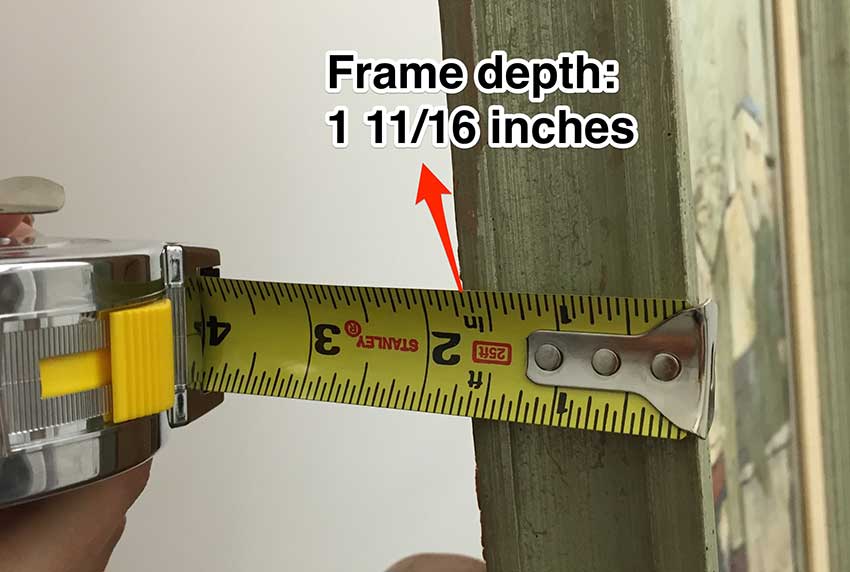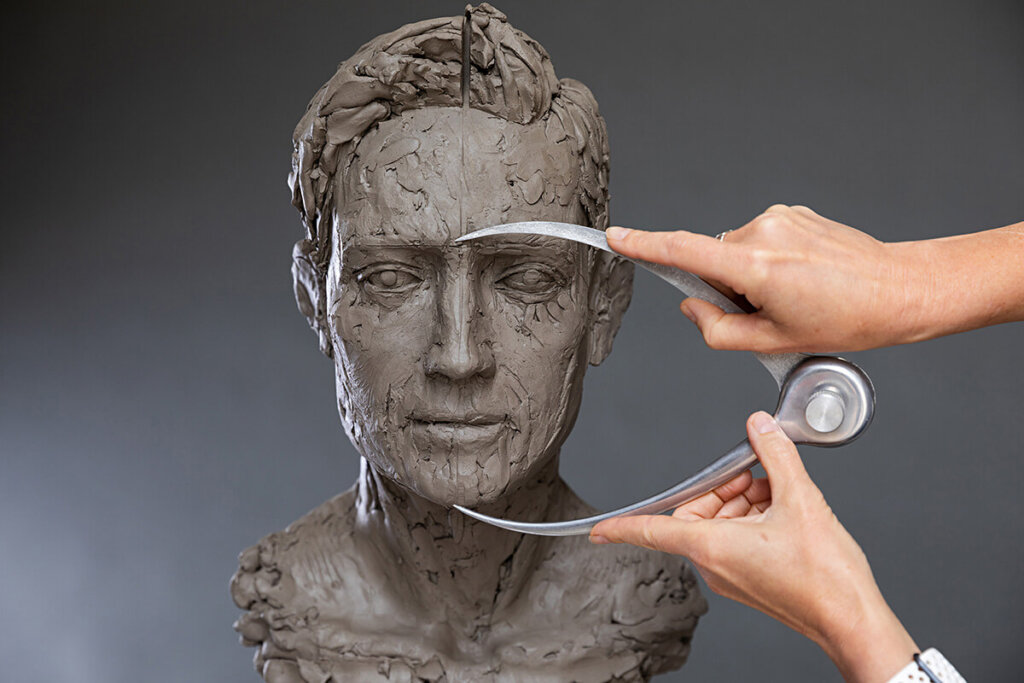Explore the World of Artistic Dimensions and Uncover the History Behind Measurement Conventions
At the beginning of my journey into the art world, I encountered a peculiarity that challenged my years of training in mechanical engineering: the convention of the order of measurements. Accustomed to the structured scientific formula of width x height, delving into the art universe, where dimensions are expressed in a reversed order—height x width—proved intriguing. The transition from one convention to another sparked my curiosity. I can't deny that I initially resisted this change, but over time, I grew accustomed to this unconventional convention, which posed certain initial challenges to my perception of space and artistic proportions.
Throughout my years interacting with clients and, at times, even artists, I noticed a curious phenomenon: many tend to handle the order of dimensions randomly. This misunderstanding can lead to confusion and ultimately affect the perception of a work of art. For this reason, I set out to write this note to clarify established conventions and provide a deeper context on the reasons behind these choices. Understanding the meaning behind these conventions will enrich our appreciation of art and facilitate precise communication in the world of artworks and antiques.
The Importance of Conventions
Conventions, whether in the artistic or scientific realm, play an essential role in universal communication and understanding. They act as a shared language that transcends cultural and linguistic barriers. In the art world, adherence to established standards in expressing dimensions simplifies the description of a work and fosters coherence and comparability among diverse pieces. Similarly, in science and engineering, conventions bring clarity and facilitate the accurate interpretation of data.These seemingly simple standards act as foundations that support effective communication in any discipline.
The Order of Measurements in the World of Science and Engineering
In the rigorous field of science and engineering, the convention of expressing dimensions in the order of width x height x depth has deeply rooted. This choice is not arbitrary; rather, it has its foundations in the need to maintain consistency and coherence in data representation. This norm facilitates the interpretation of information, allowing scientists, engineers, and professionals from various disciplines to communicate effectively and precisely. Additionally, this order aligns with the progression of Cartesian coordinates (x, y, z), providing a logical and uniform structure in the description of measurements in the scientific field.
The Convention of Measurement Order in Art
In the fascinating realm of art, the convention of dimensions height x width has roots that go back centuries. This order is not an arbitrary choice; it was chosen as a reflection of how we visually perceive and experience artwork. Historically, it is believed that this convention took root during the Renaissance, an era when realistic representation and proportion became fundamental in artistic creation. By presenting height before width, artists highlighted the human figure more prominently, following the natural lines of vision. This practice solidified over time, becoming a convention ingrained in artistic tradition and adopted in most creative fields such as graphic design, fashion, advertising, and even architecture.
Measurements in Painting and Graphic Art
Measuring a pictorial work involves carefully considering three key dimensions: the image, the support, and the frame. It is crucial to specify these measurements to offer an accurate representation of the artistic creation. The image dimension refers to the visually perceptible area of the work, excluding the support and frame. For example, in a print, the image is only the part of the paper where the image is printed, and the rest of the paper is known as the margin. The measurement of the image is considered the official measurement of the work, found in catalogs, data sheets and museum labels. The support, on the other hand, encompasses the entire surface that holds the work, whether it be paper in prints, canvas, panel, or copper in paintings or any other material used as a base for the painting. The support can sometimes extend beyond the image to the visible edges. Graphic works, mostly printed on paper, usually have margins. This is why the support in lithographs and prints is generally larger than the measurements of the image. In painting, it is common for the painted surface to reach the end of the canvas or panel, resulting in an equal measurement for both the image and the support. Finally, the frame, although often perceived as an additional aesthetic element, also influences the overall dimensions.
It is important to note that in the case of a stretcher as support or the frame, both have depth, and unlike paper or canvas where the depth is minimal, if it is considerable, it should be specified as a final element. When communicating measurements, it is essential to be clear and detailed, indicating the height first, then the width, and if applicable, the depth. This standardized practice facilitates understanding and comparison among different works, contributing to a more precise and uniform appreciation in the vast world of art.
Measurements in Sculpture, Antiques, Furniture, and Other Three-Dimensional Objects
In the context of three-dimensional objects such as sculptures, antiques, and furniture, it is essential to consider dimensions in height, width, and depth. The height, again, refers to the vertical dimension, while the width and depth encompass the horizontal dimensions of the front and depth, respectively. When describing three-dimensional furniture and antiques, attention focuses on the entirety of the object, including any adornment or detail contributing to its presence. It is crucial to clearly specify which dimensions are being communicated, especially when dealing with objects with irregular shapes. This meticulous practice not only ensures a faithful representation of the piece in question but also facilitates comparison and precise appreciation in the vast world of antiques and three-dimensional objects.
Centenary Conventions That Aid Communication
In the exploration of measurement conventions in art, we have unraveled a fascinating tapestry connecting centuries of artistic expression with the modern need for clear communication. We hope to have made it clear that conventions are not arbitrary rules, but expressions of historical evolution and practical function. By understanding the reasons behind these conventions, we shed light on how we perceive and describe art, strengthening the foundation of communication in fields as diverse as science, fashion, and architecture. Ultimately, these standards guide us in aesthetic interpretation and connect us to a tradition rooted in the richness of human creativity.
Find Treasures with Immeasurable Value
-
 Albrecht Bruck Color Etching Hamburg Old Town Hall c 1920
Albrecht Bruck Color Etching Hamburg Old Town Hall c 1920 -
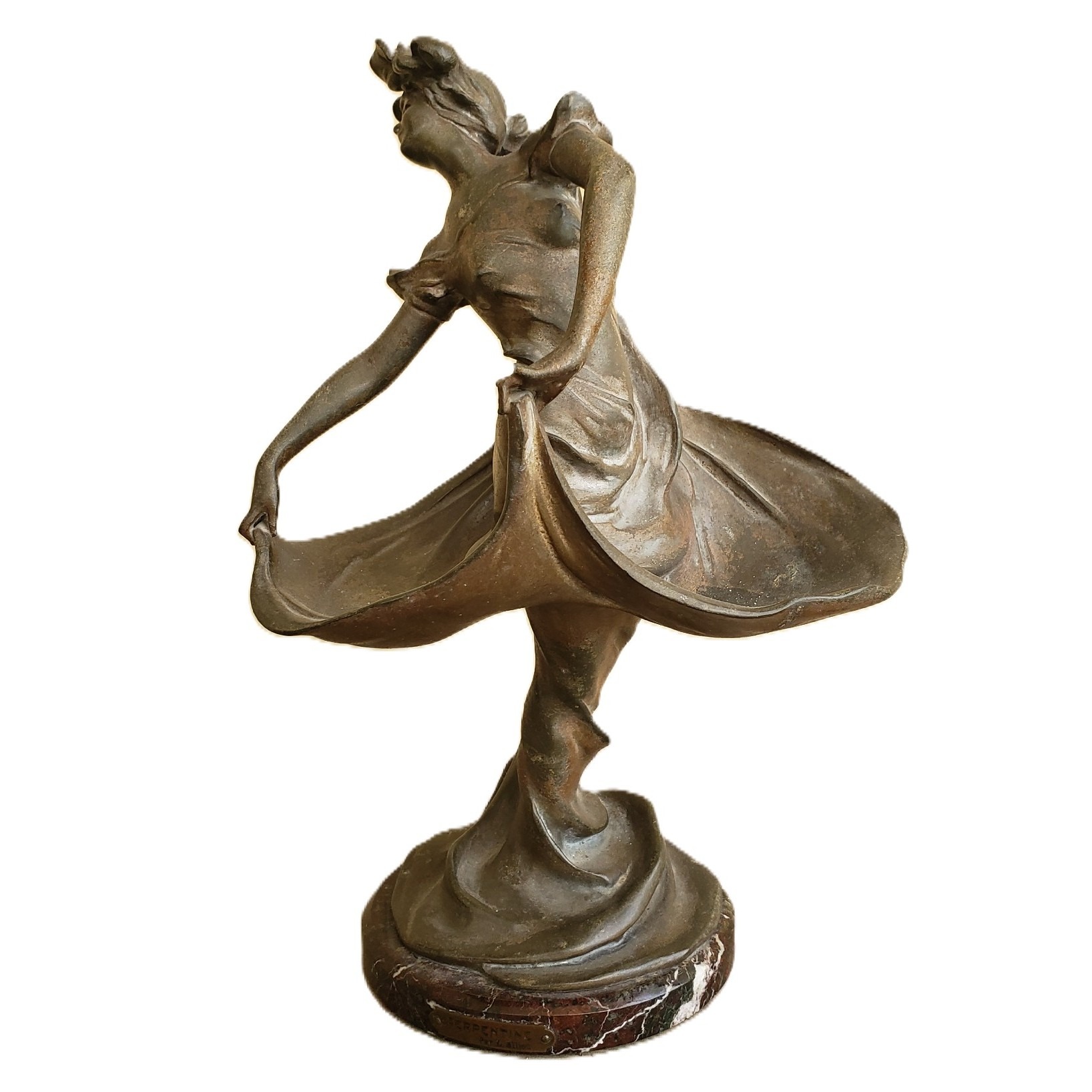 Lucien Alliot Spelter Sculpture Serpentine Ballerina Art Nouveau France c1925
Lucien Alliot Spelter Sculpture Serpentine Ballerina Art Nouveau France c1925 -
 Juan Soriano Bronze Paloma 2002 Signed La Ruptura
Juan Soriano Bronze Paloma 2002 Signed La Ruptura -
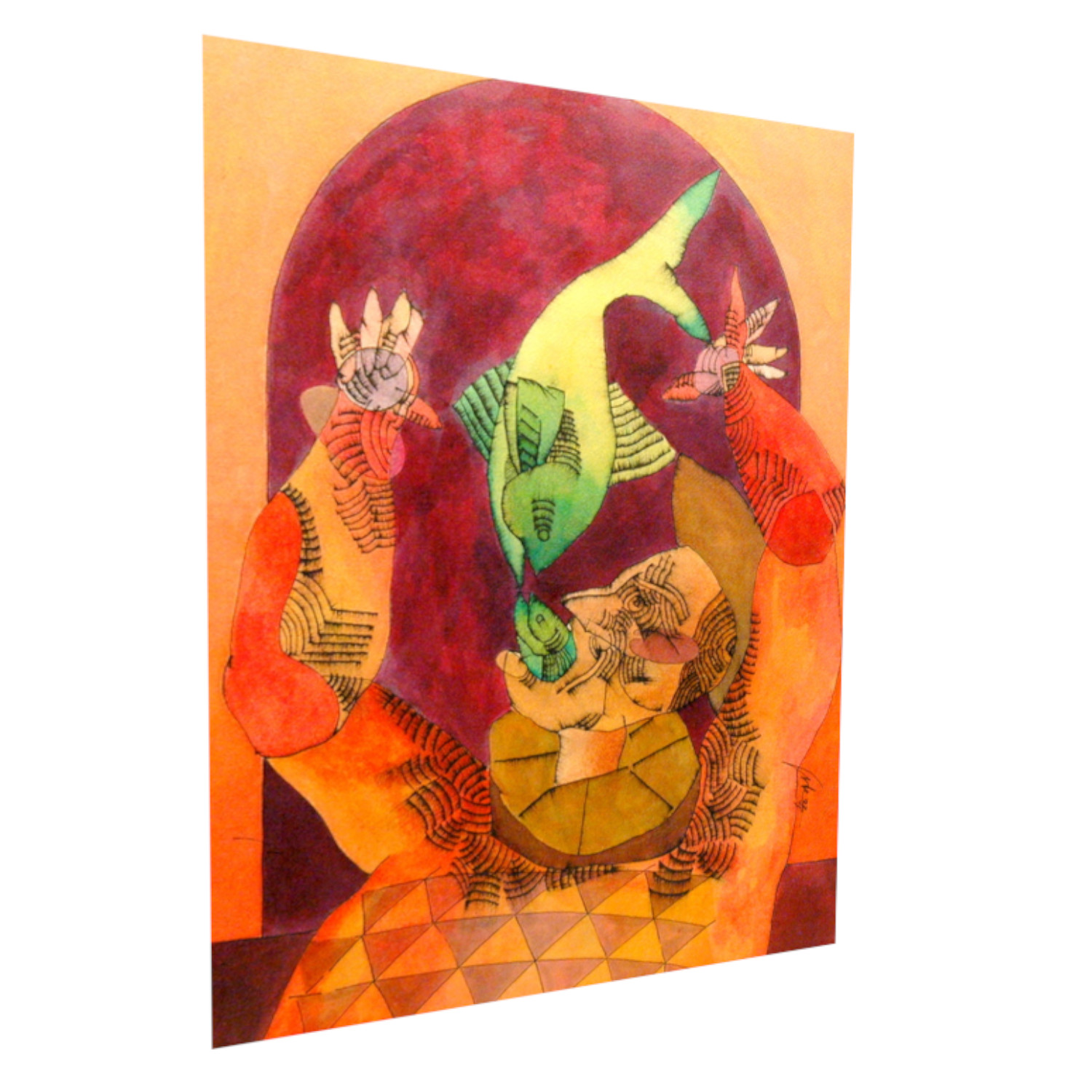 Xosse De Sade Watercolor Fish Eater 1983
Xosse De Sade Watercolor Fish Eater 1983 -
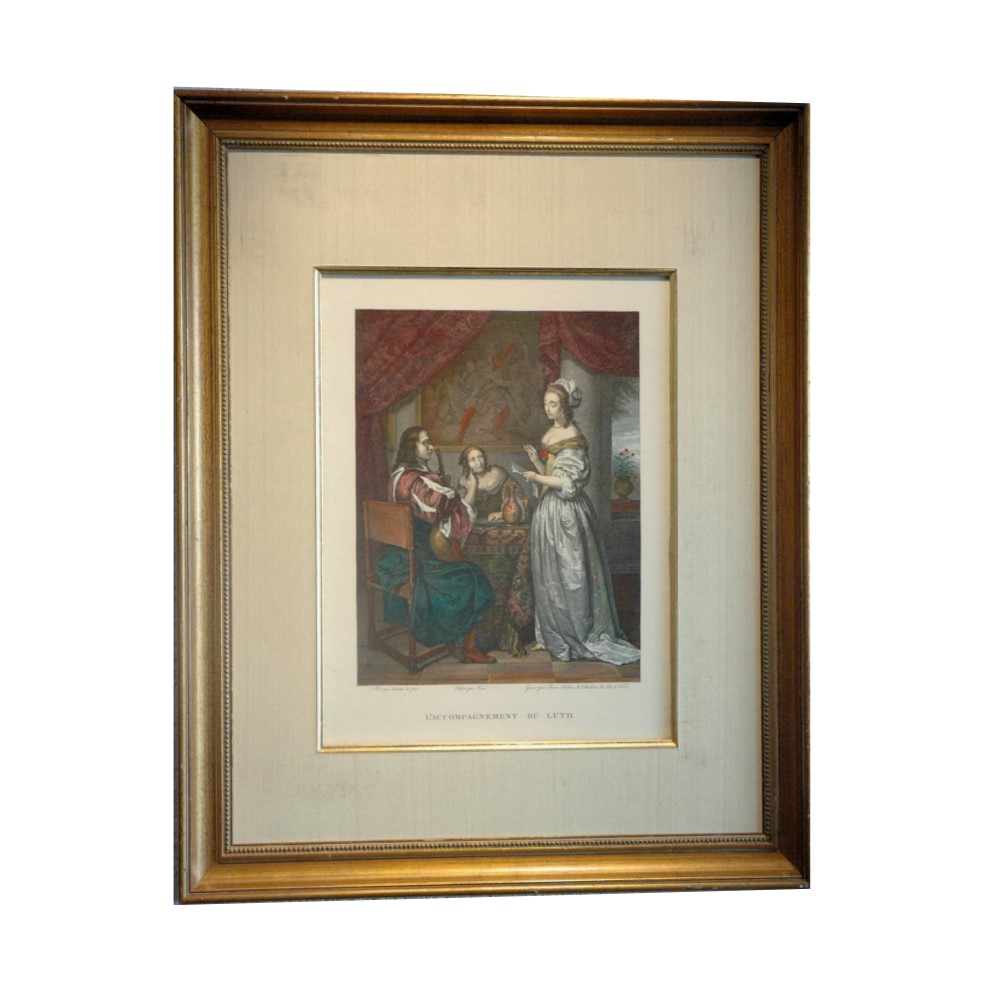 Jean Touze Antique Color Etching L'accompagnement Du Luth 19C Vienna Print
Jean Touze Antique Color Etching L'accompagnement Du Luth 19C Vienna Print -
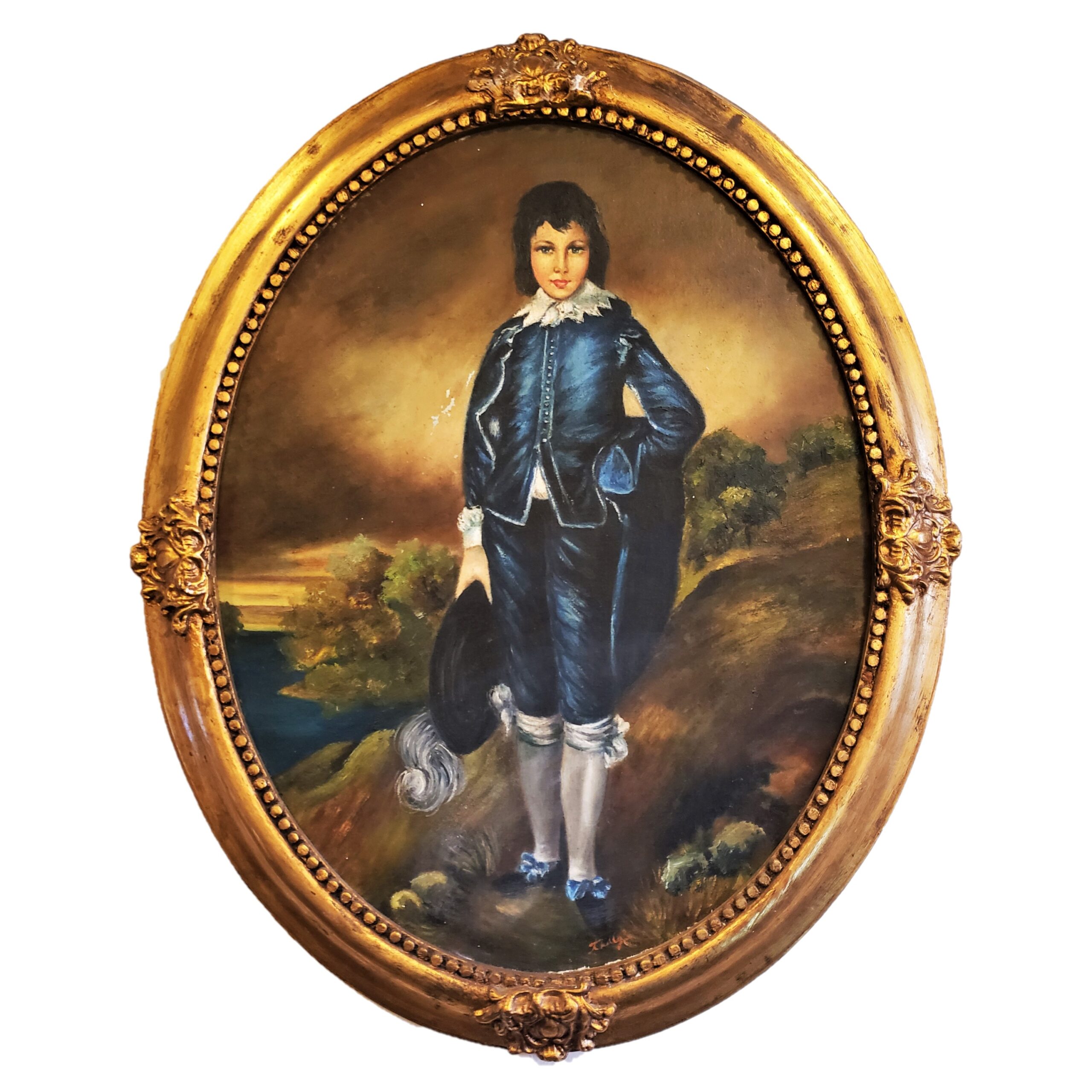 Thomas Gainsborough Oleo Joven Azul Retrato de Jonathan Buttle
Thomas Gainsborough Oleo Joven Azul Retrato de Jonathan Buttle







